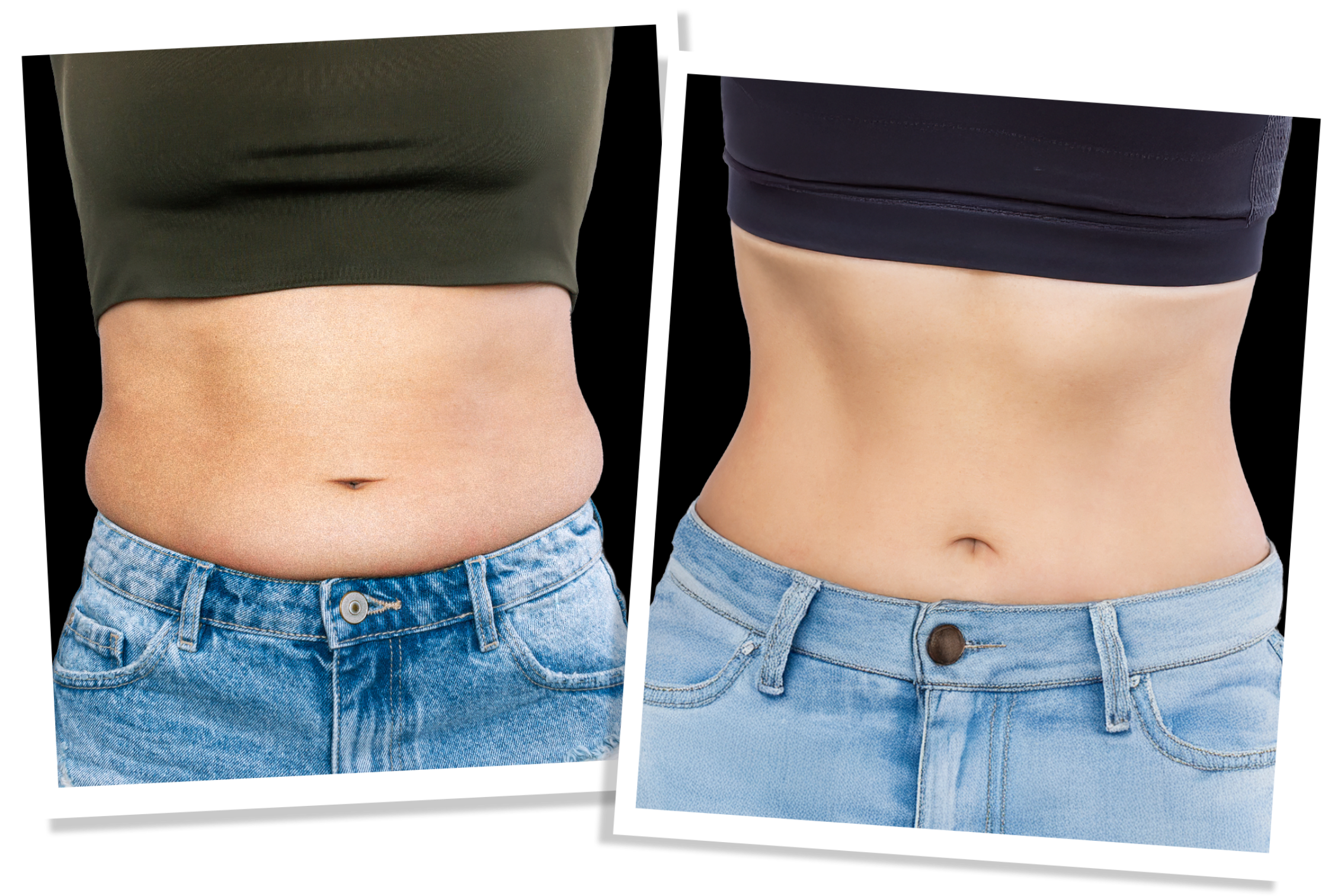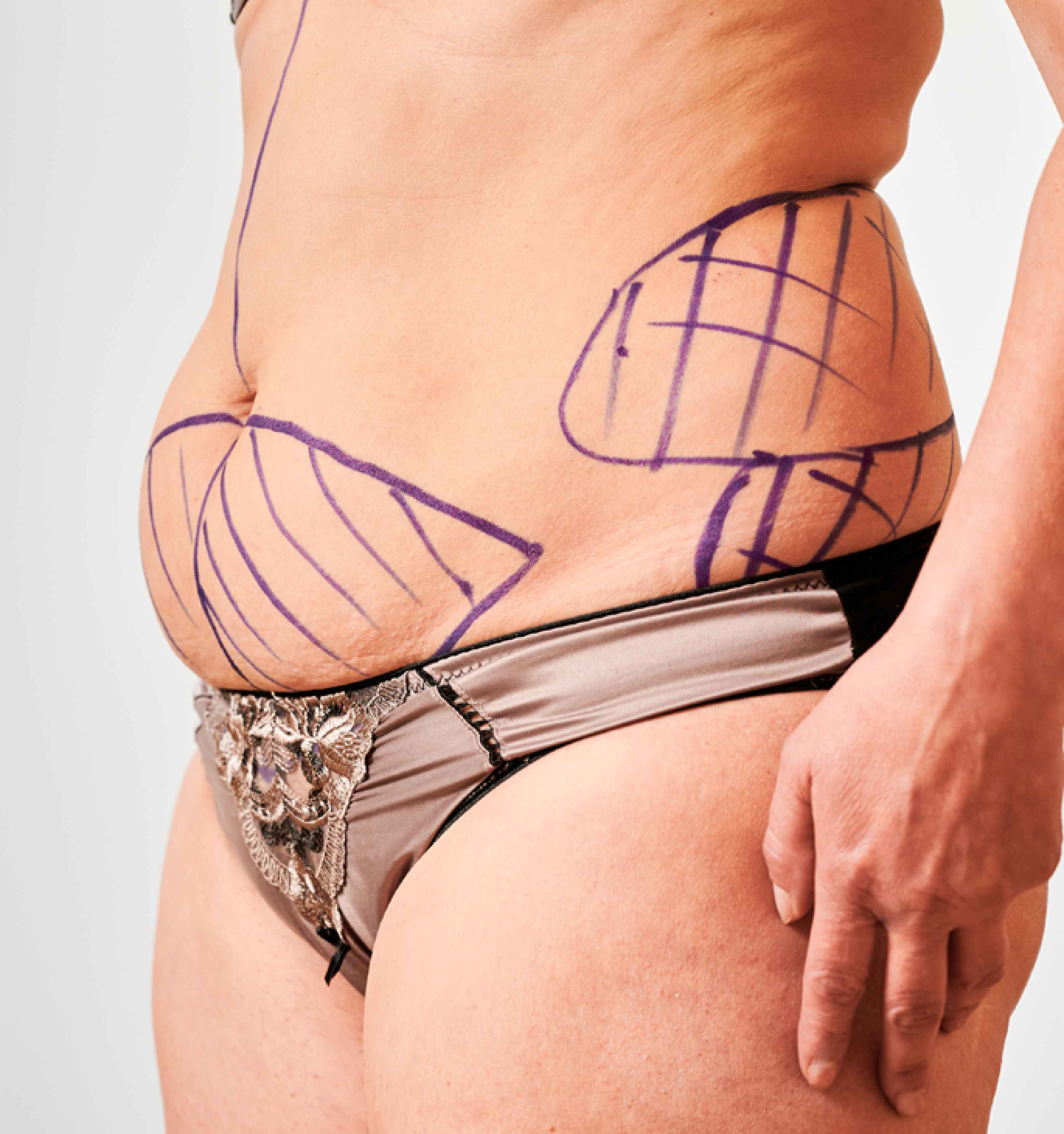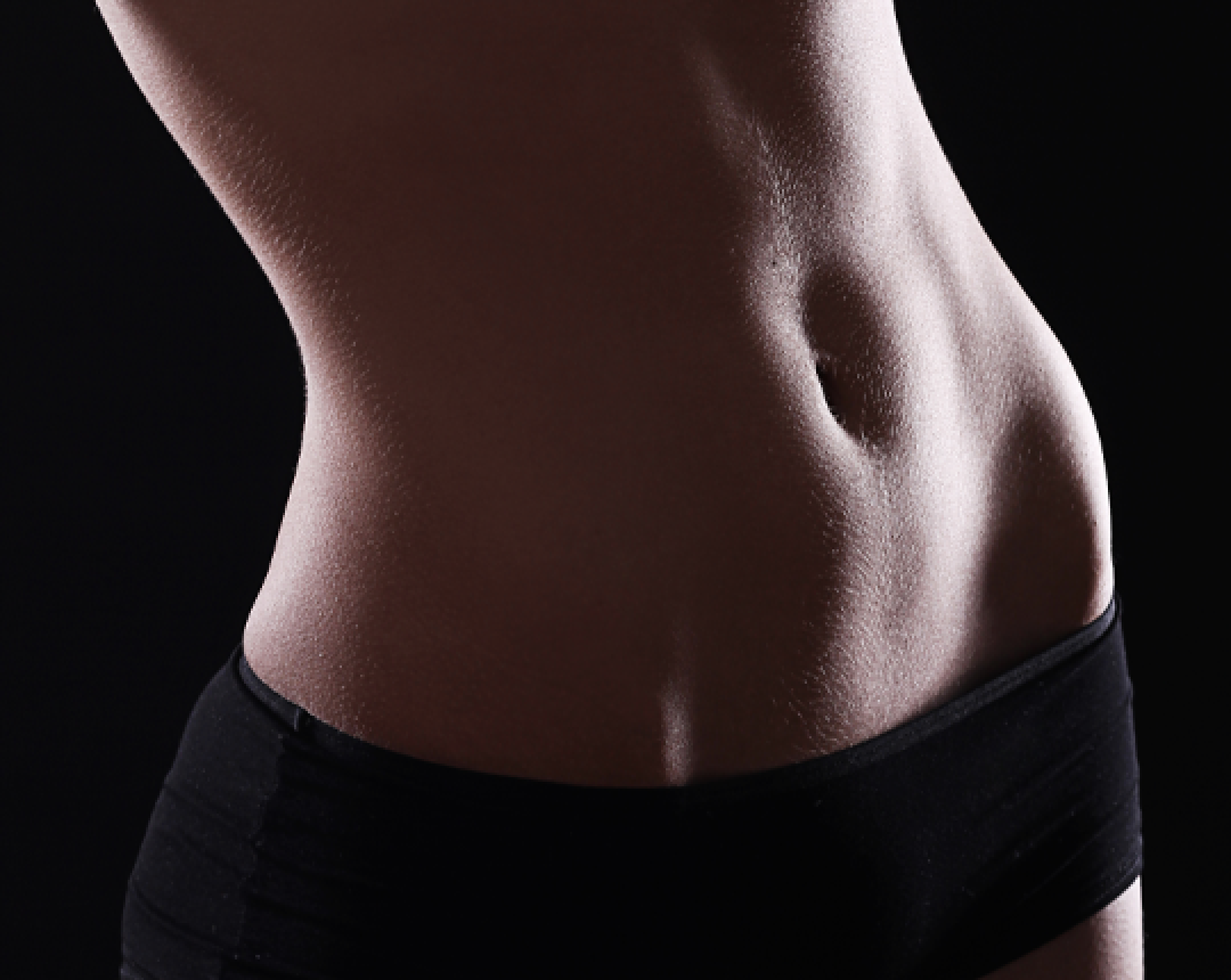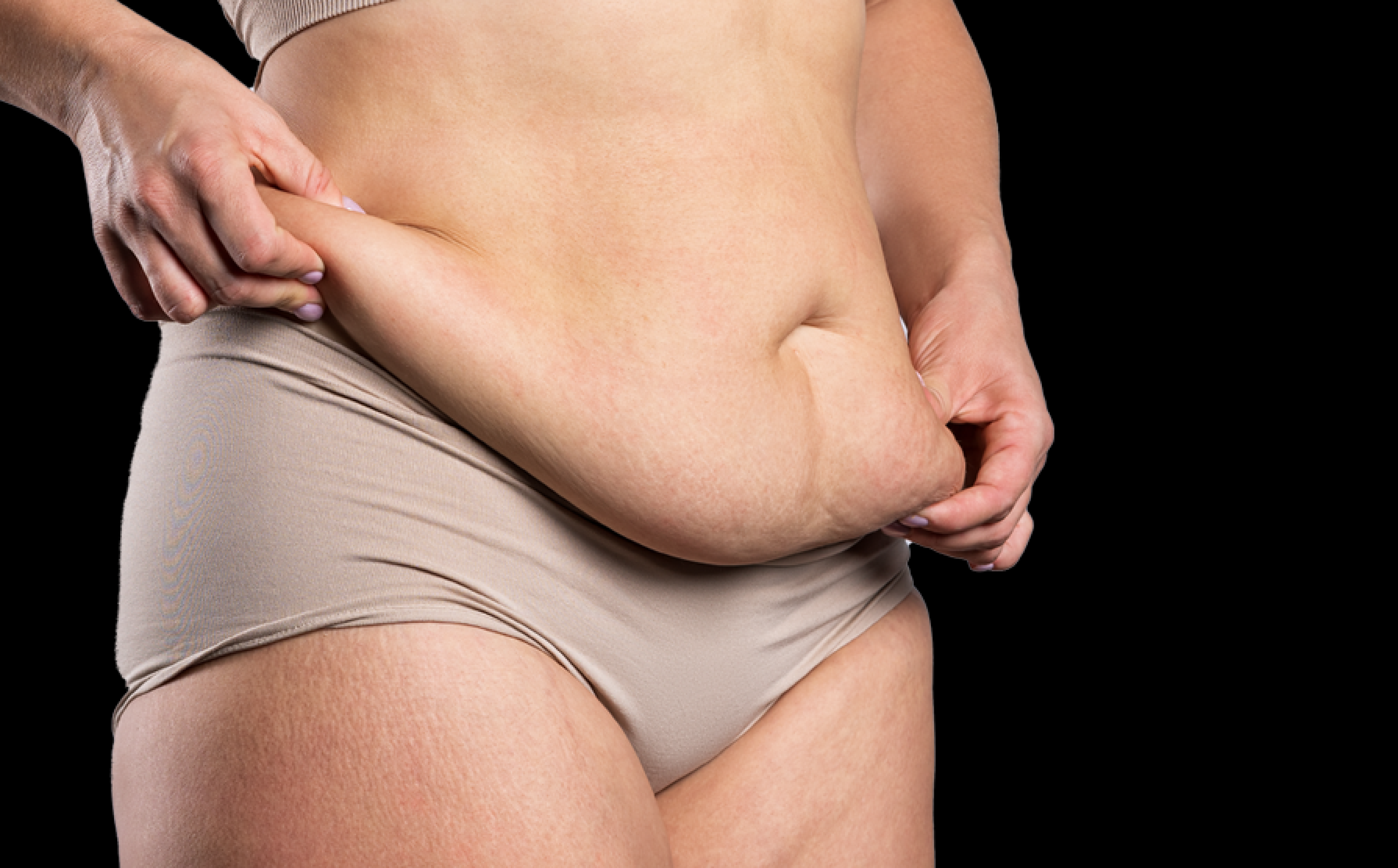
A tummy tuck, or abdominoplasty, is a cosmetic surgical procedure designed to remove excess skin and fat from the abdomen, while also tightening the abdominal muscles. It is commonly performed on individuals who have experienced significant weight loss, pregnancy, or aging, which can lead to loose skin and weakened muscles. Unlike liposuction, which only removes fat, a tummy tuck addresses both skin laxity and muscle separation (diastasis recti), providing a flatter, firmer, and more toned midsection.

A tummy tuck, also known as abdominoplasty, is a cosmetic surgical procedure designed to create a flatter, firmer abdomen by removing excess skin and fat while tightening the abdominal muscles. This procedure is especially beneficial for individuals who have experienced significant weight loss, pregnancy, or aging, which can lead to loose, sagging skin and muscle separation (diastasis recti). Unlike liposuction, which only removes fat, a tummy tuck reshapes the entire midsection by addressing both skin laxity and muscle weakness.
There are different types of tummy tuck procedures, including a full tummy tuck, mini tummy tuck, and extended tummy tuck, depending on the patient’s needs. Recovery typically takes several weeks, during which patients must wear a compression garment and avoid strenuous activities.
While the results of a tummy tuck are long-lasting, maintaining a healthy lifestyle and stable weight is crucial to preserving the new contoured appearance. This procedure not only enhances body shape and confidence but also improves core strength and posture for many individuals.
A tummy tuck is a surgical procedure that removes excess skin and fat from the abdomen while tightening the abdominal muscles to create a flatter, more toned midsection. It is commonly performed on individuals who have experienced significant weight loss, pregnancy, or aging, which can cause loose skin and weakened muscles. The procedure is done under general anesthesia and can take between two to four hours, depending on the extent of correction required.
The surgeon makes a horizontal incision across the lower abdomen, just above the pubic area, to remove excess skin and fat. If necessary, the abdominal muscles are tightened to restore core strength and stability. In some cases, the belly button is repositioned for a natural look. After the procedure, sutures and drains may be placed to aid in healing, and patients must wear a compression garment to reduce swelling.
Full recovery typically takes six to eight weeks, with visible results appearing as the swelling subsides. With proper post-operative care, a tummy tuck provides long-lasting improvements in body contour, core strength and self-confidence.
A tummy tuck (abdominoplasty) is best suited for individuals who have loose abdominal skin, excess fat, or weakened abdominal muscles due to factors like pregnancy, significant weight loss, or aging. The ideal candidate should be in good overall health, at a stable weight, and have realistic expectations about the procedure’s results. It is not a weight-loss surgery, so individuals should be close to their target weight before undergoing the procedure. Those with diastasis recti (muscle separation) or loose, sagging skin that does not respond to diet and exercise are also great candidates.
Candidates should be non-smokers or willing to quit smoking before and after surgery, as smoking can impair healing and increase complication risks. Women who plan to have more children may want to postpone the procedure, as pregnancy can stretch the abdominal muscles and skin again. Additionally, individuals should commit to maintaining a healthy lifestyle post-surgery to preserve the long-term benefits of the tummy tuck.
Consulting with a qualified plastic surgeon is crucial to determine if the procedure aligns with the patient’s body goals and health conditions.
There are several types of tummy tuck (abdominoplasty) procedures, each designed to address different levels of skin laxity, fat accumulation, and muscle separation. The right procedure depends on the patient’s body type, goals, and the extent of correction needed.
Each tummy tuck procedure offers unique benefits depending on the patient’s needs. A consultation with a board-certified plastic surgeon can help determine the best approach for achieving a toned, sculpted abdomen.



The procedure varies depending on the patient’s needs and may include a full tummy tuck, mini tummy tuck, or extended tummy tuck. Recovery typically takes several weeks, with patients advised to avoid strenuous activities and wear a compression garment to support healing.
The initial recovery period lasts about 2-4 weeks, during which patients experience swelling, bruising, and mild discomfort. Most individuals can return to light activities after two weeks, but strenuous exercise and heavy lifting should be avoided for 6-8 weeks. Full recovery and final results typically become visible within 3 to 6 months, as the swelling fully subsides.
Yes, a tummy tuck involves a horizontal incision placed low on the abdomen, usually just above the pubic area, making it easy to hide under clothing. Over time, the scar fades but does not completely disappear. Using silicone scar treatments, massage therapy, and sun protection can help minimize its appearance. Patients opting for an extended tummy tuck or fleur-de-lis tummy tuck may have additional scars, but these also fade with proper care.
A tummy tuck is generally safe when performed by a board-certified and experienced plastic surgeon. However, like any surgical procedure, there are risks, including infection, poor wound healing, fluid buildup (seroma), and blood clots. Choosing a qualified surgeon, following post-surgery care guidelines, and avoiding smoking can significantly reduce risks and ensure a smooth recovery.
Yes, many patients choose to combine a tummy tuck with other cosmetic surgeries for enhanced results. Common combinations include:
Combining procedures can reduce overall recovery time and provide more dramatic, balanced body contouring results. However, a detailed consultation with a surgeon is necessary to determine suitability and safety.


A tummy tuck (abdominoplasty) is often combined with other cosmetic procedures to enhance body contouring and achieve more balanced results. Many patients opt for multiple procedures during the same surgery to minimize recovery time and reduce overall costs. Some of the most common combinations include:
Benefits of Combining Procedures:
✅ Enhanced body contouring for more balanced, proportional results.
✅ Single recovery period, reducing downtime and overall healing time.
✅ Cost-effective, as combining surgeries often lowers hospital and anesthesia costs.
Patients considering multiple procedures should consult with a board-certified plastic surgeon to determine the best customized surgical plan based on their body goals and medical history.
✅ First Week:
✅ Weeks 2-4:
✅ Weeks 6-8:
✅ Months 3-6:
✅ After 6 Months – 1 Year:
Expected Results
✔ Flatter, tighter, and more contoured abdomen.
✔ Stronger core muscles, especially for patients with diastasis recti (muscle separation).
✔ Improved posture, as tightened muscles support the spine.
✔ Boosted confidence, with a more youthful and proportionate body shape.
By following post-operative care instructions, patients can enjoy long-lasting, transformative results from their tummy tuck procedure.

While the results are long-lasting, maintaining a healthy lifestyle is essential to prevent future weight fluctuations from affecting the outcome. A tummy tuck can significantly enhance body confidence and posture, making it a popular choice for those seeking a more contoured and youthful abdominal appearance.
Immediate Post-Surgery Care
Activity and Mobility Adjustments
Diet and Nutrition for Healing
Scar Care and Skin Healing
Long-Term Lifestyle Adjustments
By following these post-surgery care guidelines, patients can ensure optimal healing, long-lasting results, and a healthier, more sculpted physique after a tummy tuck.

Contact with our experts and learn about your options! Or fill the form right side and we will call you
